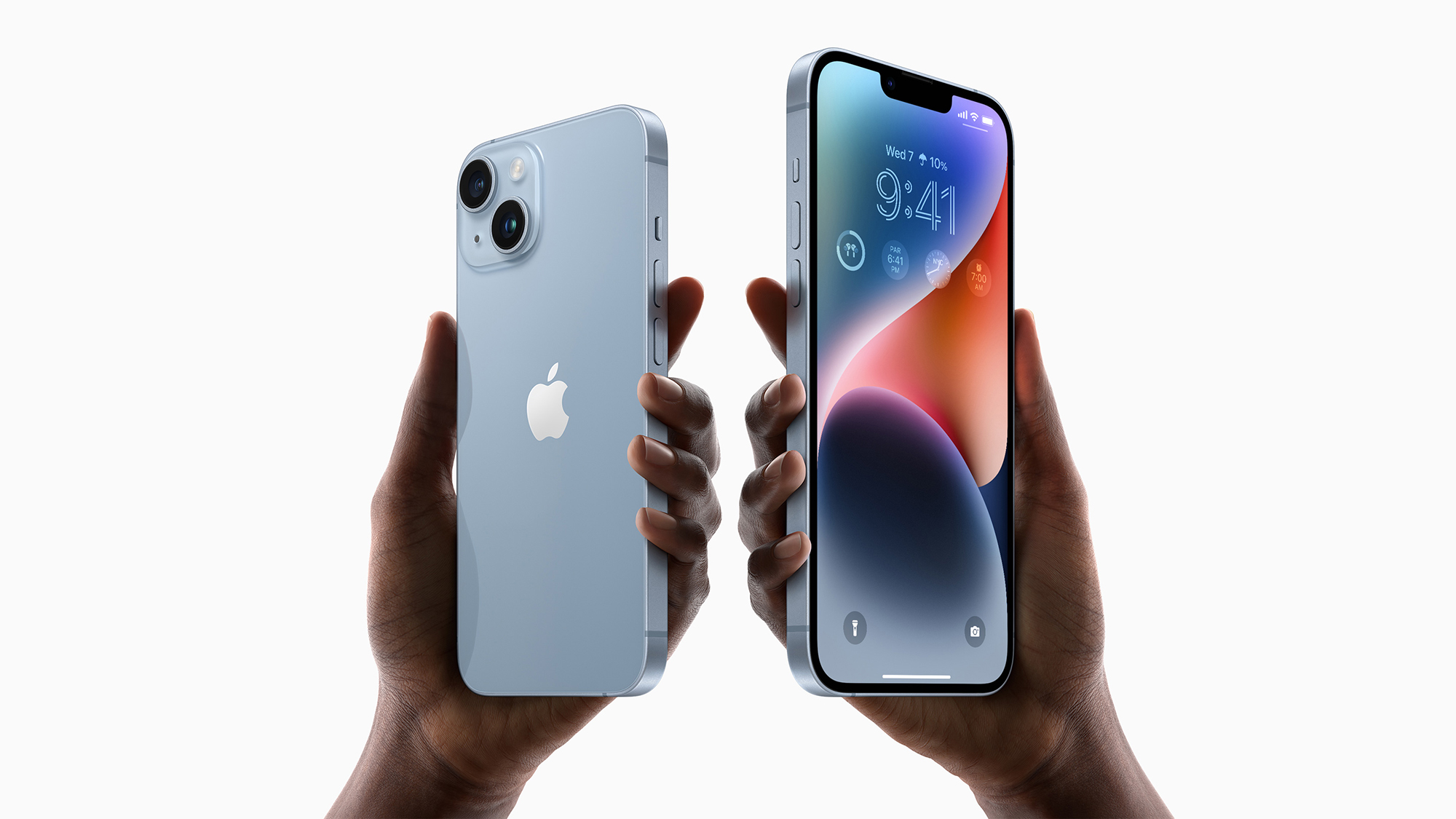

Storage and memory are both important parts of computers, smartphones, and other devices. They are often confused for each other, and despite the fact that both terms seem similar and are often measured in gigabytes, they aren’t the same thing. Computer storage refers to the hard drive, solid-state drive, or flash memory where information is stored by your computer for the long-term, while memory or RAM (random access memory) is a short-term option that’s crucial to high-speed performance.
So, if you’re shopping for a new iPhone this September—or a new computer at any time—here’s how to tell the difference between memory and storage.
What is memory?
Memory or RAM is where your computer keeps the information it’s currently using. It’s designed so that the processor, or central processing unit (CPU), has almost instantaneous access to all the information there, regardless of where it’s physically stored.
RAM is a big part of what makes a computer or smartphone feel fast to use. If you’re browsing the web, editing a photo, or creating a Word doc, all the data you are working with will be stored in RAM so the CPU can quickly pull it as it needs it. If you have lots of fast RAM, your computer can keep many things on hand so you can switch between different tasks quickly. If you don’t have enough RAM, it will have to pull information from slower storage drives.
RAM is typically measured in gigabytes. All else being equal, more RAM is generally better, as it means more information can be kept quickly accessible. If you’ve ever had your computer slow down because you have too many tabs open in Google Chrome or are trying to edit a large video, it’s most likely because you’ve maxed out the available memory.
[Related: How bits, bytes, ones, and zeros help a computer think]
With that said, the situation is a little different with smartphones. High-end Android smartphones can have up to 12GB of RAM, and while Apple doesn’t really talk about the amount of RAM that iPhones have, the latest models all have 6GB. This doesn’t mean that Android smartphones are better than iPhones—their operating systems are just optimized differently. A Google Pixel 7 Pro with 12GB of RAM is almost always faster than an entry level Android smartphone with 4GB, but it isn’t necessarily faster than an iPhone 14.
One major distinction between memory and storage is that RAM is volatile. It is only capable of storing information while your computer is powered on (or in sleep mode). If you fully turn off your computer or smartphone, all the information currently held in RAM is wiped.
What is storage?
Storage is where your computer or smartphone permanently stores information. Unlike RAM, it is nonvolatile, so even when you turn your device off, your information stays safe. It’s how you’re able to keep your photos, music, and text messages on your smartphone so they’re always accessible.
Smartphones and most computers use solid state drives (SSDs), while some older computers may use hard disk drives (HDD). SSDs store information using transistors that can maintain a charge even when they’re powered off, and HDDs have a physical platter where information is recorded. In general, SSDs are faster than HDDs since they don’t have any moving parts. If you have a computer with a HDD, upgrading it to an SSD can give it an instant boost in performance.
Storage capacity is measured in gigabytes or even terabytes (TB)—a terabyte is equal to 1,000GB.
While the amount of storage your computer or smartphone has doesn’t affect its performance as much as RAM, it’s still important. If you want to have a large photo library, save lots of videos for offline viewing, or keep many computer games or apps downloaded, you need enough storage. Otherwise, you will have to start deleting things.
So, if you’ve ever said your smartphone has 64GBs of memory, you were making a common and understandable mistake. It actually has 64GB of hard drive space, or storage, and a few GBs of RAM. If you’re shopping for a new smartphone this year, remember that you have to choose how much storage you want.
